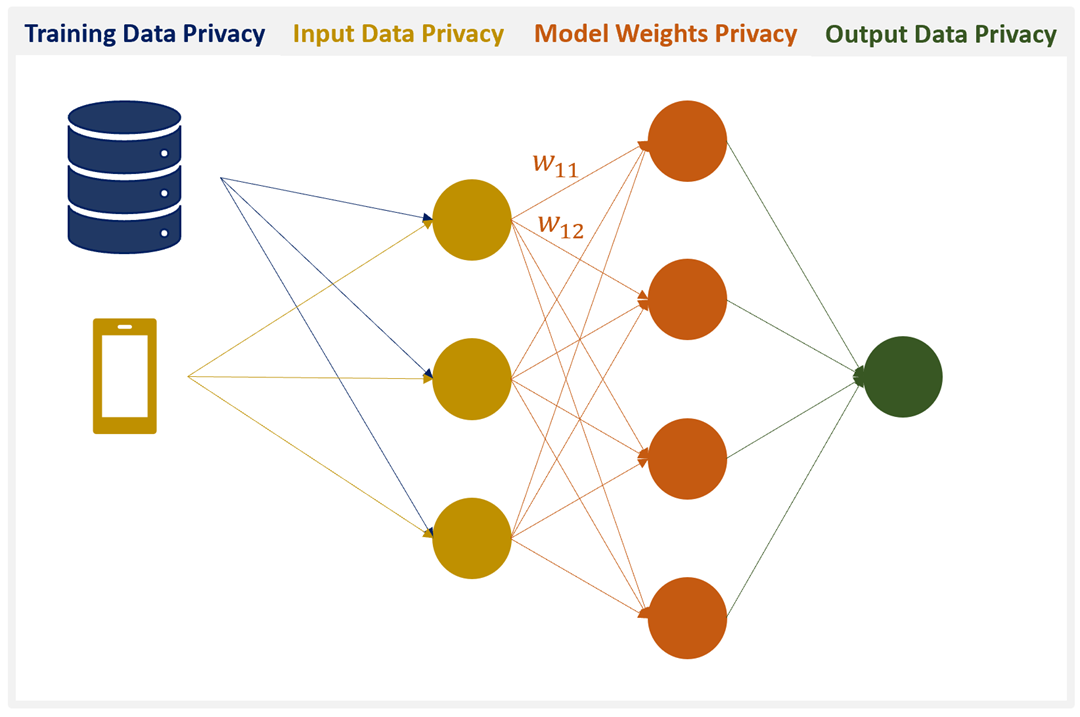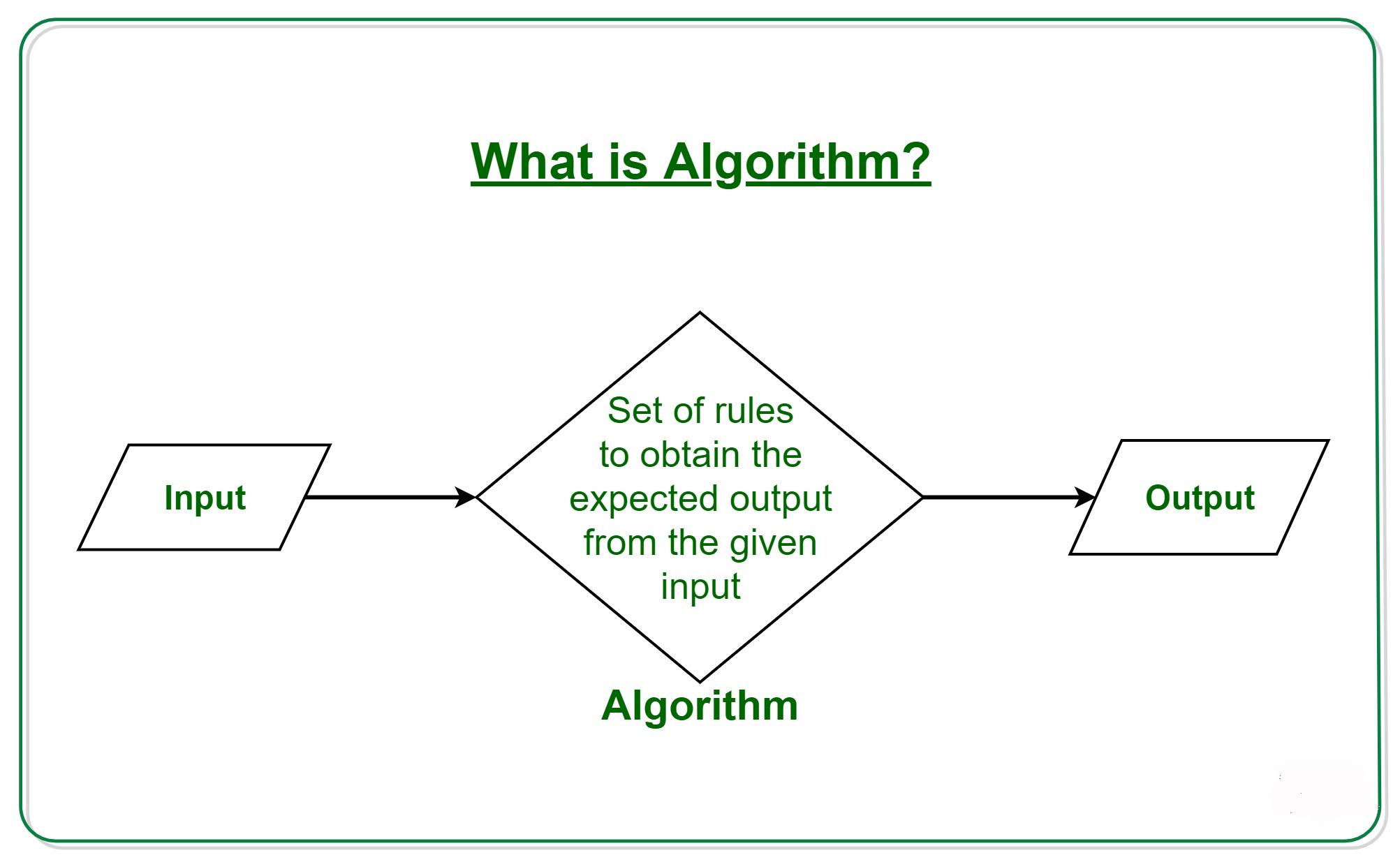
Deepfake can be classified into many types. Deepfaking videos is the process of adding human speech to a video. You can use it to add accents and voices from celebrities or even different genders. SpeakPic makes it easy to create deepfakes with no human speech. SpeakPic can be downloaded for free, but users need to be aware of its limitations.
FakeApp
Deepfake FakeApp creators claim it is possible to create DeepFakes in one click. The software is being used in a variety of ways, including film dubbing and entertainment. KCPQ, Fox partner, distributed a DeepFake video showing Donald Trump earlier this year. The video shows the president talking to a man dressed up as David Beckham. He communicates with him in nine different dialects. It was narrated by a woman, making the fake footage look real.
Deepfake FakeApp is a computer application that can be used to create fake videos and images. It uses machine learning algorithms that analyze hundreds of pictures and videos to generate the perfect fake. FakeApp's creators stated that it does not allow users to post pornographic information on their site. Windows 10 is not compatible with the FakeApp.

DeepFaceLab
DeepFaceLab software is the best for creating deepfakes. DeepFaceLab uses machine learning algorithms for replacing faces in videos. It is easy to use, and does the heavy lifting for you. All you have to do is create creative videos using the tools provided. DeepFaceLab can be used on both Windows and Linux. The software is free to download and has more than 13,000 stars on GitHub. Here are some benefits of using DeepFaceLab.
DeepFaceLab can be used without programming knowledge. All you need is an idea of what you want to achieve and the software will do the rest. You can also use batch files to save your work and make changes. DeepFaceLab is compatible with NVIDIA GPU/CPU. AMD GPU and CPU are also supported. DeepFaceLab can be used for commercial purposes. It is highly recommended that you get to know how it works before using it.
Face-mounted cameras
Researchers from the Visual Intelligence and Multimedia Analytics Laboratory, a part the University Of Southern California and the Information Sciences Institute, recently published a paper that describes a method to detect DeepFake images using face-mounted cameras. The method uses recurrent neural networks for facial features detection. The first generation of the DeepFake detector achieved a 96% accuracy score on FaceForensics++. Two-branch deep networking was used for the second generation. This allows you to amplify low-level facial features while suppressing high-level ones.
Additionally, the new technology offers many other benefits such as enhanced convenience and better crime prevention. A major advantage is that the analytics take place inside the camera and are not transferred to a central server for analysis. This system is secure against large data breaches and cannot be exploited for commercial purposes. Although this technology is still in development, early adopters can make their security systems simpler and more effective. A simple facial recognition gesture can be used to control systems. This allows early adopters to turn on Spotify or change the temperature.

AI actress
In a new work of video art, Joseph Ayerle has created a new artificial intelligence (AI) actress. The AI actress, which is a synthetic recreation of Ornella Mitri from the 1980s movies, travels through time between 1978-2018. This new work explores generational reflections and the role of provocation in art. Ayerle used footage of Kendall Jenner, a model and photo, to create his AI actress. Deepfake technology is in action as the AI actress replaces Jenner's face by that of an 80s actress.
Artificial intelligence isn't new. However, its use in film is just beginning. Disney is not the only company using deep fakes as a replacement for real actors in movies. The company says the artificial actress is much more accurate than the real thing. It also makes better-looking TV and film shows than human actors. This innovation could be the beginning of a new era for artificial intelligence. It may not only make it possible to create a new AI actress but it could also help improve the world.
FAQ
What are the advantages of AI?
Artificial Intelligence is an emerging technology that could change how we live our lives forever. It's already revolutionizing industries from finance to healthcare. It's also predicted to have profound impact on education and government services by 2020.
AI is already being used in solving problems in areas like medicine, transportation and energy as well as security and manufacturing. The possibilities of AI are limitless as new applications become available.
What is the secret to its uniqueness? First, it learns. Computers learn independently of humans. Instead of teaching them, they simply observe patterns in the world and then apply those learned skills when needed.
AI stands out from traditional software because it can learn quickly. Computers can read millions of pages of text every second. They can recognize faces and translate languages quickly.
It can also complete tasks faster than humans because it doesn't require human intervention. It can even perform better than us in some situations.
2017 was the year of Eugene Goostman, a chatbot created by researchers. This bot tricked numerous people into thinking that it was Vladimir Putin.
This shows that AI can be extremely convincing. AI's ability to adapt is another benefit. It can also be trained to perform tasks quickly and efficiently.
This means businesses don't need large investments in expensive IT infrastructures or to hire large numbers.
What does the future hold for AI?
Artificial intelligence (AI), which is the future of artificial intelligence, does not rely on building machines smarter than humans. It focuses instead on creating systems that learn and improve from experience.
We need machines that can learn.
This would mean developing algorithms that could teach each other by example.
You should also think about the possibility of creating your own learning algorithms.
It is important to ensure that they are flexible enough to adapt to all situations.
AI is used for what?
Artificial intelligence is an area of computer science that deals with the simulation of intelligent behavior for practical applications such as robotics, natural language processing, game playing, etc.
AI is also referred to as machine learning, which is the study of how machines learn without explicitly programmed rules.
AI is being used for two main reasons:
-
To make our lives easier.
-
To do things better than we could ever do ourselves.
A good example of this would be self-driving cars. AI can replace the need for a driver.
Who was the first to create AI?
Alan Turing
Turing was born 1912. His father, a clergyman, was his mother, a nurse. After being rejected by Cambridge University, he was a brilliant student of mathematics. However, he became depressed. He started playing chess and won numerous tournaments. He worked as a codebreaker in Britain's Bletchley Park, where he cracked German codes.
He died on April 5, 1954.
John McCarthy
McCarthy was born 1928. He was a Princeton University mathematician before joining MIT. He developed the LISP programming language. He was credited with creating the foundations for modern AI in 1957.
He passed away in 2011.
How does AI work?
It is important to have a basic understanding of computing principles before you can understand how AI works.
Computers keep information in memory. Computers work with code programs to process the information. The code tells the computer what to do next.
An algorithm is a set or instructions that tells the computer how to accomplish a task. These algorithms are often written in code.
An algorithm can be considered a recipe. A recipe can include ingredients and steps. Each step is a different instruction. A step might be "add water to a pot" or "heat the pan until boiling."
Statistics
- A 2021 Pew Research survey revealed that 37 percent of respondents who are more concerned than excited about AI had concerns including job loss, privacy, and AI's potential to “surpass human skills.” (builtin.com)
- According to the company's website, more than 800 financial firms use AlphaSense, including some Fortune 500 corporations. (builtin.com)
- In 2019, AI adoption among large companies increased by 47% compared to 2018, according to the latest Artificial IntelligenceIndex report. (marsner.com)
- In the first half of 2017, the company discovered and banned 300,000 terrorist-linked accounts, 95 percent of which were found by non-human, artificially intelligent machines. (builtin.com)
- That's as many of us that have been in that AI space would say, it's about 70 or 80 percent of the work. (finra.org)
External Links
How To
How to set Google Home up
Google Home is a digital assistant powered by artificial intelligence. It uses advanced algorithms and natural language processing for answers to your questions. Google Assistant lets you do everything: search the web, set timers, create reminds, and then have those reminders sent to your mobile phone.
Google Home works seamlessly with Android phones or iPhones. It allows you to access your Google Account directly from your mobile device. Connecting an iPhone or iPad to Google Home over WiFi will allow you to take advantage features such as Apple Pay, Siri Shortcuts, third-party applications, and other Google Home features.
Google Home offers many useful features like every Google product. Google Home will remember what you say and learn your routines. So when you wake up in the morning, you don't need to retell how to turn on your lights, adjust the temperature, or stream music. Instead, you can just say "Hey Google", and tell it what you want done.
To set up Google Home, follow these steps:
-
Turn on Google Home.
-
Press and hold the Action button on top of your Google Home.
-
The Setup Wizard appears.
-
Continue
-
Enter your email address and password.
-
Choose Sign In
-
Google Home is now online